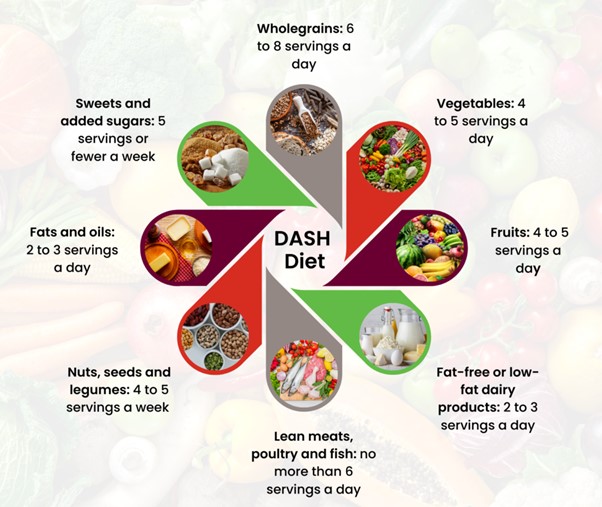The nurse is admitting an older client with possible malnutrition. Which parameters are most indicative of the client's nutritional status?
24-hour food recall, food preferences, and allergies.
Body mass index (BMI) and serum albumin level.
Triceps skin fold and mid-arm circumference.
Weight loss history and body surface area (BSA).
The Correct Answer is B
Choice A
24-hour food recall, food preferences, and allergies is incorrect. While these factors are important for understanding the client's dietary habits and possible dietary restrictions, they do not directly provide information about the client's current nutritional status or overall nutritional health.
Choice B
Body mass index (BMI) and serum albumin level is correct. Body mass index (BMI) and serum albumin level are commonly used parameters to assess a client's nutritional status. These measures provide valuable information about the client's weight, muscle mass, and protein status. Let's break down the options:
Choice C
Triceps skin fold and mid-arm circumference is incorrect. These measurements can provide information about the client's body composition and muscle mass. However, they are not as commonly used as BMI and serum albumin level for assessing nutritional status.
Choice D
Weight loss history and body surface area (BSA) is incorrect. Weight loss history is relevant for understanding changes in the client's weight over time, which can indicate potential malnutrition. However, it's not as comprehensive as BMI, which considers both weight and height. Body surface area (BSA) is not typically used to assess nutritional status.
Nursing Test Bank
Naxlex Comprehensive Predictor Exams
Related Questions
Correct Answer is A
Explanation
Choice A
Counting carbohydrates will ensure glucose levels stay within a normal range is accurate. When providing dietary education to a client with Type 2 diabetes mellitus, it's important to emphasize the role of carbohydrate counting in managing blood glucose levels. Carbohydrate intake significantly impacts blood sugar levels, and counting carbohydrates can help the client make informed decisions about their meals and medications to maintain glucose levels within a normal range.
Choice B
Many carbohydrates are found in starches and fruits is not accurate. Carbohydrates are present in a variety of foods, including starches (such as bread, rice, and pasta) but not fruits. Educating the client about sources of carbohydrates can help them make choices that support blood sugar management.
Choice C
It is best to count carbohydrates when it feels like blood glucose is low is not accurate. Counting carbohydrates is an ongoing practice that helps individuals with diabetes maintain consistent blood sugar levels throughout the day, not just when blood glucose feels low.
Choice D
Examples of complex carbohydrates are white rice and cereals is inaccurate. White rice and many cereals are actually exampling of simple carbohydrates. Complex carbohydrates include foods like whole grains, legumes, and vegetables. It's important to provide accurate information about carbohydrate types.
Correct Answer is B
Explanation

Whether you are a student looking to ace your exams or a practicing nurse seeking to enhance your expertise , our nursing education contents will empower you with the confidence and competence to make a difference in the lives of patients and become a respected leader in the healthcare field.
Visit Naxlex, invest in your future and unlock endless possibilities with our unparalleled nursing education contents today
Report Wrong Answer on the Current Question
Do you disagree with the answer? If yes, what is your expected answer? Explain.
Kindly be descriptive with the issue you are facing.
